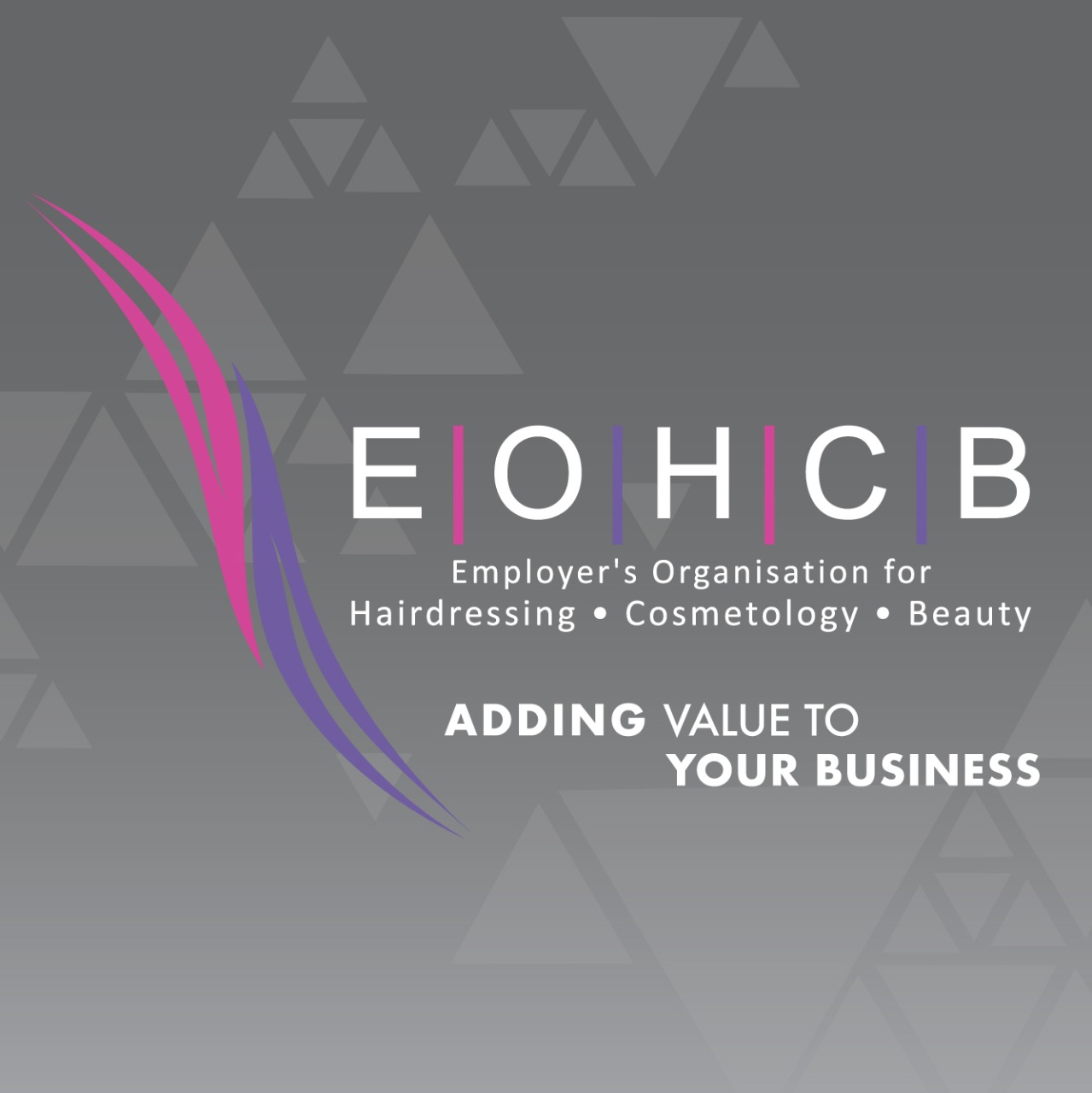CONSUMER EXPECTATIONS & AESTHETIC PRESSURES IN THE HAIR & BEAUTY INDUSTRY
- EOHCB National

- Oct 22
- 3 min read

"Just five more minutes." "Can you fix this quickly?" "I saw it on Instagram - can you do exactly that?"
Operating and working within the Hairdressing, Cosmetology, Beauty and Skincare industry - these phrases don't just sound familiar - they echo through your day, every day. And while your hands are creating art, your mind is managing expectations, soothing anxieties, and absorbing the emotional weight of someone else's self-image.
But here's what most people don't see: Behind every stunning transformation and five-star review is a hidden toll - one that's rarely discussed, poorly understood, and almost never compensated.
This article explores the mental and aesthetic pressures experienced across the industry — by both employees and employers. It examines how client expectations are evolving, how these demands impact day-to-day work, and what both sides of the professional equation are silently carrying in pursuit of client satisfaction and brand excellence.
Understanding Client Expectations
Clients are more informed and more influenced than ever before. With beauty trends circulating rapidly on social media and image-based platforms like Instagram and TikTok, many clients arrive with highly specific expectations, often shaped by filtered photos, celebrity transformations, and viral beauty routines.
Key Expectations Include:
Flawless, fast results, regardless of hair or skin condition
Personalised service and deep attention to their preferences and insecurities
High-end outcomes at affordable prices
Consistency in results, availability, and atmosphere
Stylists and therapists who also look the part — reinforcing the idea that appearance equals credibility
These expectations can elevate industry standards but also lead to misunderstandings, especially when clients don’t have realistic knowledge of what’s achievable within one session, their budget, or their natural features.
Emotional and Physical Pressures on Employees
While the beauty industry offers creativity and connection, it also requires high levels of emotional intelligence, stamina, and personal presentation — often without support or adequate recovery time.
Emotional Labour
Many professionals take on more than the technical aspect of their roles. They become listeners, cheerleaders, and sometimes informal therapists. Providing emotional support while performing detailed, high-pressure services can lead to emotional exhaustion, especially when managing multiple clients daily.
Physical Strain
Professionals regularly deal with:
Long hours on their feet
Repetitive movements
Exposure to harsh chemicals
Back-to-back appointments with limited breaks
Over time, this results in chronic fatigue, injury risk, and reduced focus — all of which impact mental health and job satisfaction.
Aesthetic Pressure
Beauty professionals are often expected to represent the industry’s ideals — to always be well-dressed, groomed, and aligned with current trends. This creates added pressure to maintain a public image, even outside of work hours, which can trigger body image concerns, low self-esteem, or anxiety.
The Mental Load of Employers and Business Owners
Behind the scenes, employers manage a delicate balance: delivering exceptional client experiences while protecting the health and morale of their teams. Their responsibilities include:
Ensuring profitability in a competitive market
Staff recruitment, retention, and satisfaction
Keeping up with trend cycles and product innovations
Navigating client complaints, online reviews, and public perception
Managing scheduling, inventory, and compliance
Silent Pressures Employers Face:
Emotional burden from supporting a struggling team
Feeling personally accountable for every unhappy client or negative review
Pressure to say yes to every request to avoid losing business
Minimal opportunities for rest or personal well-being
While leaders are expected to set the tone, enforce boundaries, and motivate staff, they often do so without external support — leading to decision fatigue, emotional burnout, and isolation.
Suggested Solutions for a Healthier Work Environment
A more sustainable, respectful beauty culture requires intentional changes on both sides of the professional relationship.
For Employers:
Create space for communication: Check in with staff regularly, invite honest feedback, and normalise conversations around burnout and boundaries.
Implement realistic scheduling: Avoid overbooking, provide proper break time, and respect days off.
Lead with balance: Set an example by respecting your own boundaries, delegating when necessary, and promoting rest as part of professionalism.
For Employees:
Set emotional boundaries: Know when listening becomes absorbing. You are not obligated to carry clients’ emotional weight beyond the chair.
Prioritise self-care: Rest, hydration, and mental health breaks are not luxuries — they are essentials.
Stand confidently in your skill: You are not defined by your appearance but by your training, creativity, and professionalism.
In conclusion, our industry is a dynamic, fulfilling field - rich in creativity, human connection, and visible impact. But beneath the surface lies a layer of emotional, mental, and aesthetic pressure that often goes unspoken.
As client expectations continue to evolve, professionals and employers alike are challenged to adapt — often at the cost of their own well-being. By recognising these pressures and working proactively to address them, the industry can shift toward a culture that values not just the beauty it creates, but the people who make that beauty possible.

